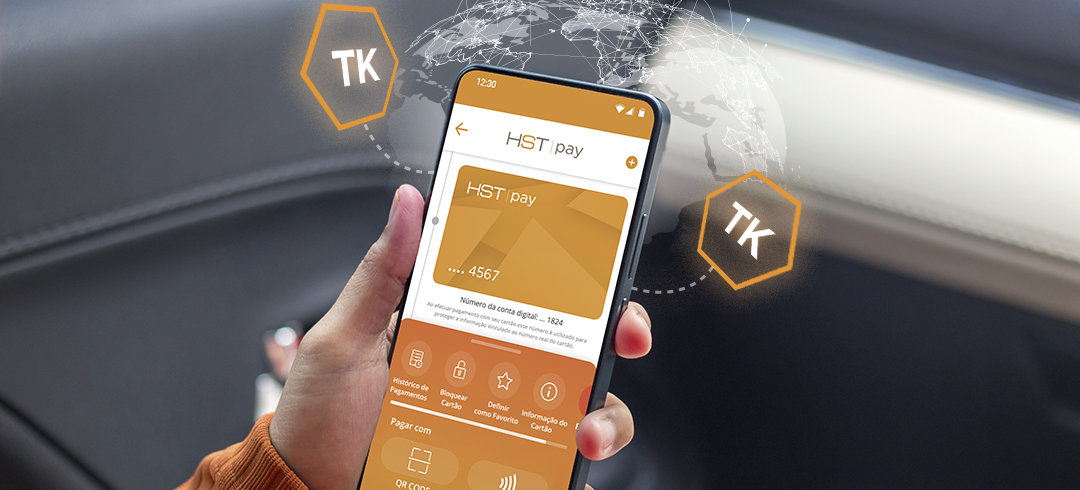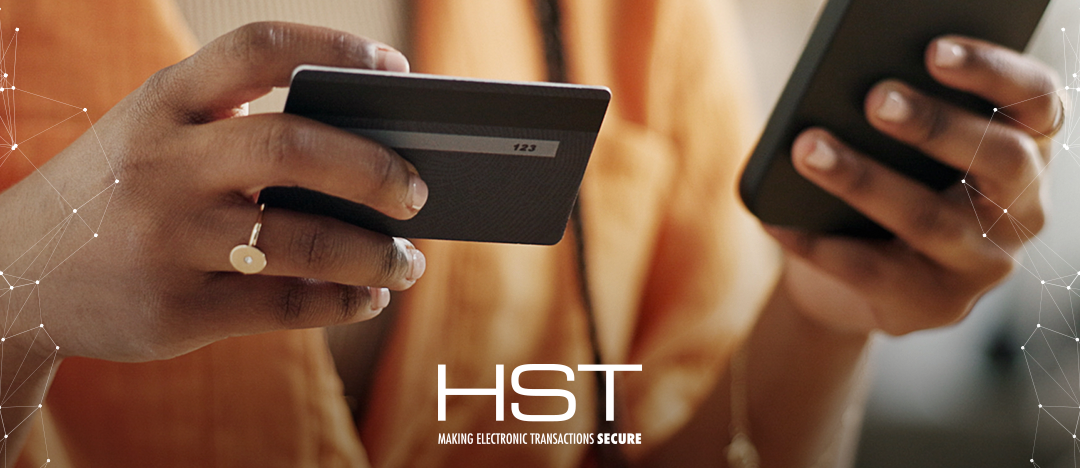
Tokenization: Which payment methods benefit most?
Security in digital transactions has never been more crucial — and tokenization is one of the main key enabler in this scenario. By replacing physical card data with unique, encrypted identifiers (known as “tokens”), this technology protects user information across different payment contexts. Tokenization Payment Methods But after all, which payment methods benefit most from … Continued
Security in digital transactions has never been more crucial — and tokenization is one of the main key enabler in this scenario. By replacing physical card data with unique, encrypted identifiers (known as “tokens”), this technology protects user information across different payment contexts.
Tokenization Payment Methods
But after all, which payment methods benefit most from tokenization? The answer covers almost every modern form of transaction, with a strong emphasis on digital and mobile environments. Below, we list the main cases where tokenization directly enhances security, reduces fraud, and ensures a better consumer experience.
- Digital wallets
Apple Pay, Google Pay, Samsung Pay, and other digital wallets use tokenization as an essential security layer. When a card is added to the wallet, the actual card data is never stored on the device or transmitted during payment. Instead, a unique token is generated and used in each transaction. - E-commerce payments
Online shopping continues to grow — and with it, the risk of fraud. Tokenization reduces this risk by eliminating the storage of sensitive data on websites. Every time a customer completes a purchase, the platform uses a token to validate the payment, protecting the actual card number. - Payment platforms and gateways
Gateways and payment platforms are major facilitators of digital commerce — and also key players in security. Their integration with tokenization systems ensures an additional layer of protection for both merchants and consumers. - Recurring and subscription payments
Streaming services, gyms, educational platforms, and SaaS rely on automatic billing. Tokenization enables these charges to be processed securely and transparently, without requiring users to re-enter their card details every billing cycle. - Contactless (NFC) and wearable payments
With the rise of NFC payments, smartwatches, and other wearable devices, tokenization has become even more relevant. Since these methods eliminate the need to physically use the card, token technology ensures that each transaction carries a unique, non-reusable identifier. - Click to Pay
The Click to Pay technology, based on the EMV® Secure Remote Commerce (SRC) standard, is another evolution that benefits from tokenization. By eliminating the need to manually enter card data for every online purchase, Click to Pay uses tokens to securely identify the user and speed up the checkout process. This creates a frictionless checkout experience while ensuring the highest level of protection.
HST – Making electronic transactions secure
In a scenario of digital transformation and increasing cyber threats, tokenization emerges as a key element to protect user data and raise the security standards of payment methods.
HST is ready to help banks, fintechs, retailers, and platforms integrate this technology with intelligence and security.
Want to learn more? Get in touch with us.







